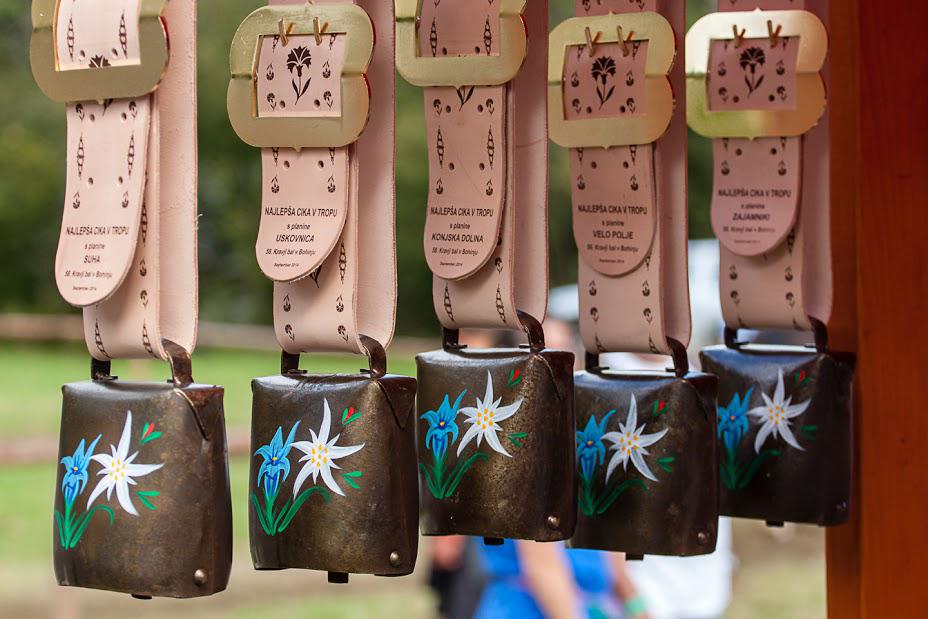
For Slovenian cow herders who make their living in difficult conditions high above the tree line, life would be almost unimaginable without cow bells. And for generations, two villages not far from the resort town of Bled were famous for bell-making workshops.
The first records of bell making in Višelnica and Mevkuž date back to the 18th century. In the years that followed, eight different workshops, most belonging to the large Jan family, were active in the area. It is no coincidence that the manufacture of cow bells emerged in the two villages: this part of Slovenia had a large supply of coal, wood, brass, and tin, all important ingredients (or sources of fuel) needed to make cow bells.
To make the bells, craftsmen first hammered tin metal, and then added a layer of brass, which had been baked in clay-rich local soil. The specific ingredients guaranteed a deep sound that proved invaluable in the mountains; large herds survived by following the lead cow – the one equipped with a bell. And if the herd found itself under threat, the herder could sense that something was wrong by listening to the sound of the bell, even from a great distance.
Because of their quality, cow bells from Višelnica and Mevkuž became mainstays of pastures all across Slovenia. Villagers regularly sold their precious ware at local fairs, including the one in the town of Kamnik, from where the bells made their way to Velika Planina, Slovenia’s legendary high-mountain pasture in the Kamnik Alps. For a number of years, Slovenian bells were sold throughout the Eastern Alps and as far as Tyrol. Even the Swiss – who see cow bells as a national symbol -- were interested. After World War I, bells from Višelnica and Mevkuž found a new market; they found customers throughout the newly created Yugoslavia. Some of the bells made it as far as Turkey, Greece, and even Africa.
Through the years, the workshops expanded their range of bells. One type was designed for use on mountain pastures, while another was designed to be used in the winter months, when the cattle were in the valleys. A special design was used for the ceremonial homecoming of cows from the mountains each September.
Two designs were the most common; the bulbous Tyrolean bell and a narrower, typically Slovenian design with a larger opening known as the Carniolan bell. Every bell featured a thick leather belt decorated with rivets.
Handmade cow bells eventually made way to industrially produced designs and the bell making tradition slowly died out in Višelnica and Mevkuž. For a while, a single workshop managed to persevere, but even its bells increasingly ended up as souvenirs.
Today, the skill of the bell makers from the Bled area lives on in the bells that have become highly sought-after antiques – and timeless symbols of Slovenia’s traditional Alpine lifestyle.

































































